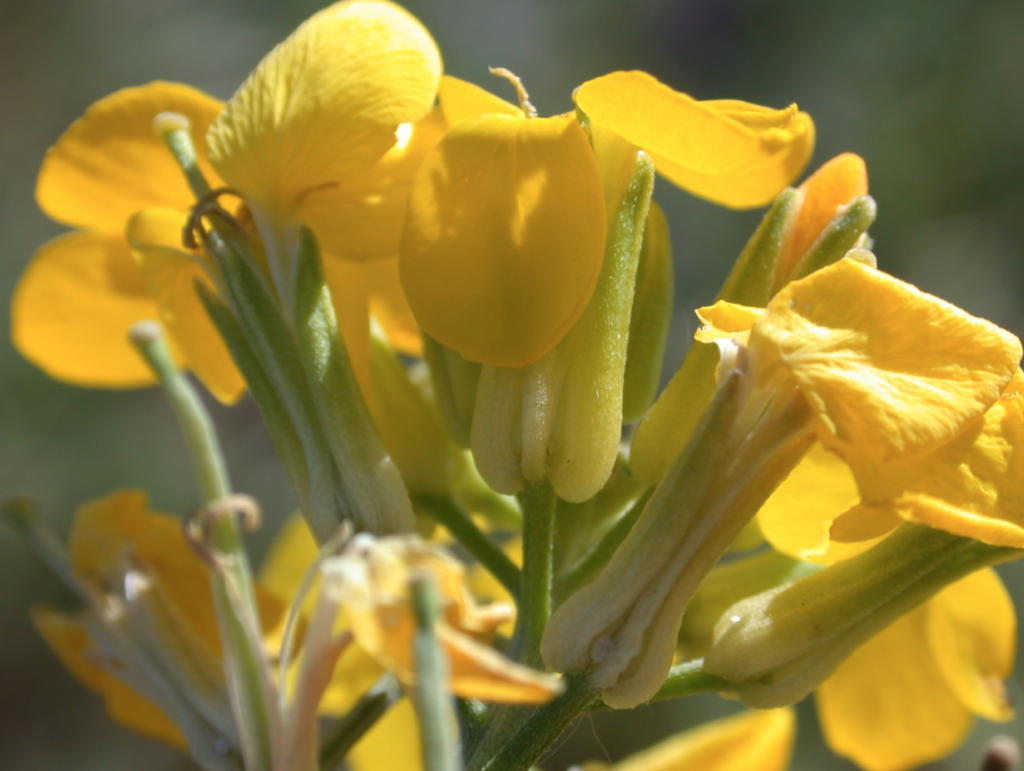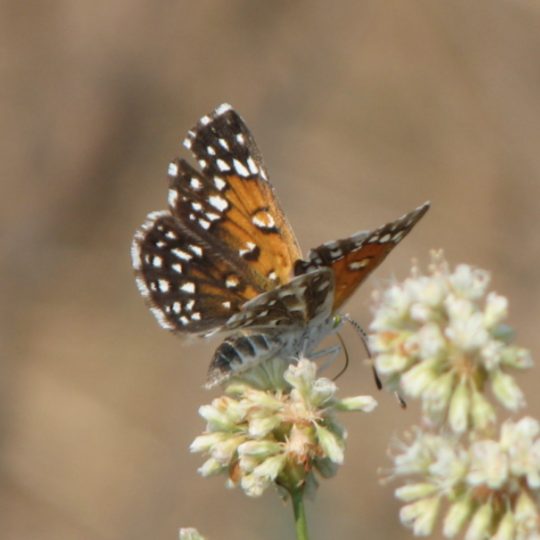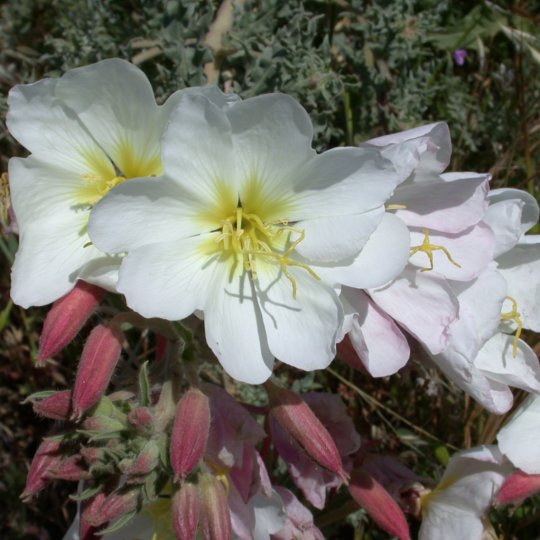
As described on the USFWS website, Antioch Dunes National Wildlife Refuge is the only national wildlife refuge in the country established to protect endangered plants and insects – the Antioch Dunes evening primrose, the Contra Costa wallflower, and the Lange’s metalmark butterfly.

Contra Costa Wallflower

Lange’s Metalmark Butterfly

Antioch Dunes Evening Primrose
Created in 1980, the 55-acre refuge was once part of a larger sand dune system that stretched two miles along the southern bank of the San Joaquin River east of the City of Antioch. The sand dunes were formed by ancient deposits of glacial sands carried downriver from the Sierra Nevada. Over thousands of years, ocean winds and bay tides slowly shaped these aeolian (wind-blown) sands into dunes that approached 120 feet in height. Isolation of these dunes resulted in the development of species of plants and insects that were found nowhere else in the world.
Large-scale sand mining and industrial development fragmented the sand dune habitat until only a small portion of the original ecosystem remained. What is left today are two disjunct parcels (the Stamm and Sardis Units) containing sand dunes varying from 0-50 feet high, making up refuge.
Due to the sensitivity of the habitats and the endangered species, the refuge is not open to unsupervised use by the public. However, refuge staff and local educators conduct on-site environmental education efforts through monthly guided tours and special events. Volunteers also regularly assist refuge staff with habitat restoration projects and endangered species surveys.